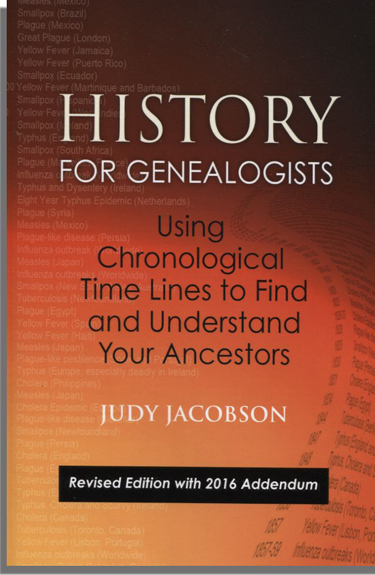Years ago, I followed and browsed hundreds of genealogy blogs each week. Some focused on the blogger's own family's history; some explained technical aspects of genealogy; some discussed researching specific geographic locations or ethnic groups; some examined old family photos; some documented particular cemeteries; some profiled military ancestors; and on and on.
I didn't read every post, but I skimmed whatever caught my eye and sometimes found myself marveling at somebody's unexpected discovery. Found myself cheering for bloggers who found elusive ancestors, following along as bloggers visited graveyards or ancestral villages in search of new connections, hoped bloggers would finally get their hands on something that confirmed long-held hypotheses.
From genealogy bloggers, I learned so many new tips and tricks that helped me with specific websites or software or research resources or translation challenges. Along the way, I enjoyed getting a sense of each blogger's personality, interests, and family history background.
That was then, this is now
Today, after removing bloggers who haven't posted anything at all in 2023, my feed is down to just 45 genealogy blogs--some of which have only a handful of posts so far this year. In addition, I periodically dip into selected blogs written by Geneabloggers members. But here again, some bloggers have ceased posting in recent years or post quite irregularly.
I know there are bloggers who've transitioned to videos and podcasts rather than writing individual blog posts. Also some have chosen a deep dive into more interactive social media and cut back on blog posts.
Meanwhile, the world of social media has been fragmented in recent months by the ongoing turmoil on Twitter/X and the emergence of competitors such as Mastodon and BlueSky and Threads and ... [fill in the blank with latest and greatest]. Thankfully, Facebook genealogy groups continue to offer advice and assistance when participants need local knowledge or research suggestions. Although I'm not on Instagram, some genealogy folks love the platform. I'm on Pinterest but only to pin my blog posts.
Why read? Why blog?
Despite all the alternatives, I believe genealogy blogs are still relevant. In fact, I hope blogging (or family history websites) will be making a comeback. The genealogy community is strong and vibrant and generous with help and ideas. I can't count the number of times I've learned about a new technique or specialized resource from a blogger, and as a result, made a fresh discovery or gained fresh insight.
With a genealogy blog, I can write what I like, whenever I feel like writing, and it's available for you whenever you feel like reading. Nobody is restricting the length of my blog posts or the topics or how many posts I can write. Nobody is throttling your ability to follow my blog or read any post. I get blogging ideas from my own research, from the brickwalls I face or the discoveries I make, from posts by other bloggers, from comments by readers, and from prompts such as the #52Ancestors series from Amy Johnson Crow.
As I've said in the past, for privacy reasons, I don't name living relatives. If I want to mention a relative who's alive and kicking, I might refer to "Cousin B" or "Philly Cuz." My personal choice is to avoid posting family history info that might cause distress or harm to someone still living. So far as I know, there are no bigamists or murderers in my family tree, but if I discovered one and a descendant was still alive, I wouldn't blog about that situation.
And, as a reader pointed out in a comment, blogs are excellent cousin bait, today and tomorrow. Posts are available 24/7 whenever anyone is searching for a surname or ancestral town that I've mentioned at any point in the past.
I've been on this genealogy journey for 25 years, and blogging about it for nearly 16 years (my Sweet Sixteen blogiversary is in a few days). If you're a genealogy blogger, I thank you for helping me along on this journey and inspiring me to keep digging. If you're not blogging, maybe this is a good time to begin?









































